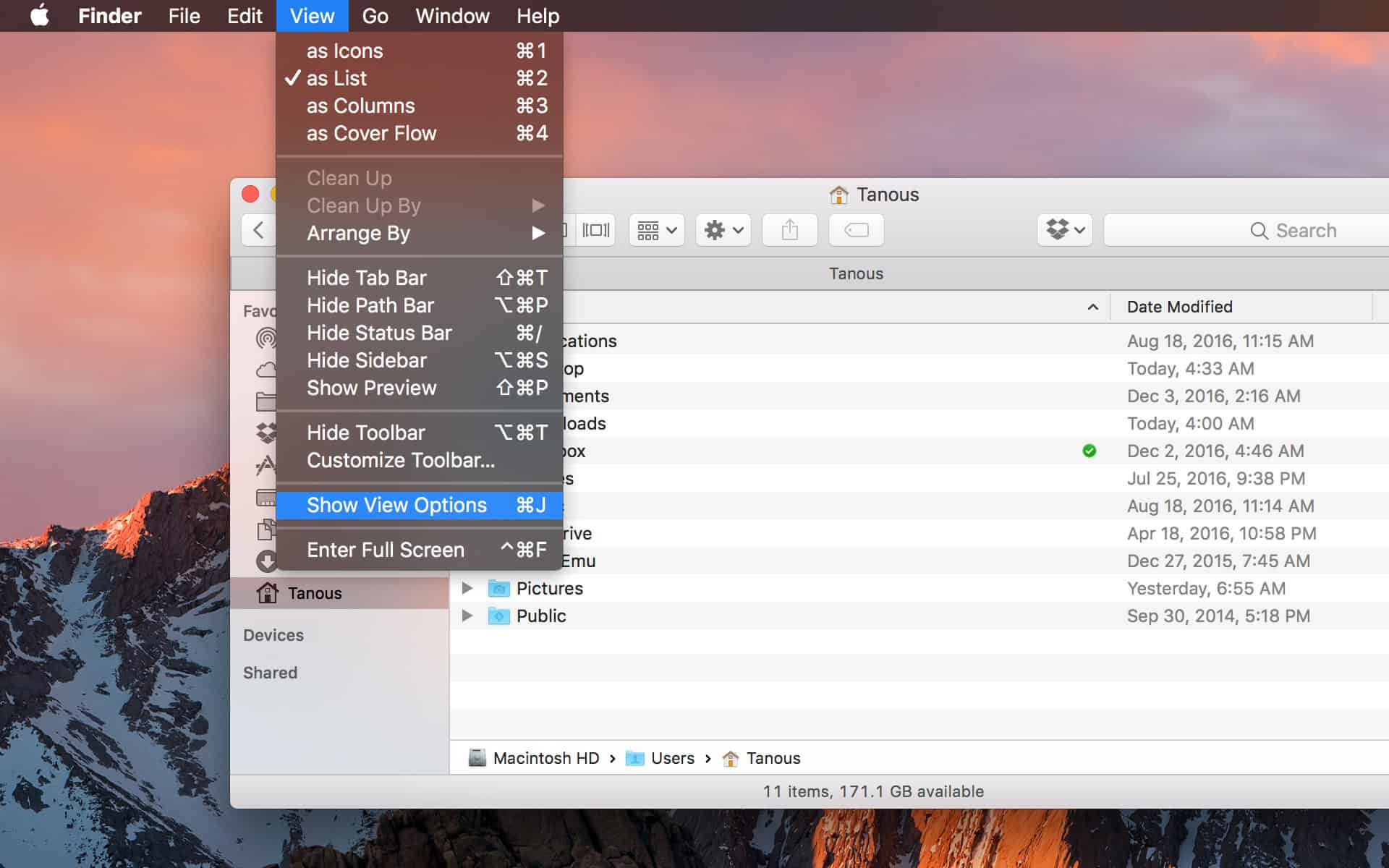
- #SEE CLUTTER FOLDER IN OUTLOOK FOR MAC FOR MAC#
- #SEE CLUTTER FOLDER IN OUTLOOK FOR MAC FREE#
The following table lists the label for each feature.
#SEE CLUTTER FOLDER IN OUTLOOK FOR MAC FOR MAC#
In the Outlook for Mac log collected for Outlook for Mac 2011 and Outlook 2016 for Mac through version 15.11.2, each entry has a name that identifies the feature that is being logged.
Issues that occur when email messages, calendar items, notes, tasks, and meeting requests are sent or received. The log file contains the following information: If you are a messaging server administrator, you can use the information in the log file to diagnose issues when you troubleshoot. When you collect and send the log file, Microsoft Customer Service and Support uses it to identify issues. In Outlook for Mac 2011 version 14.2.5 and later versions and in Outlook 2016 for Mac, every time that you quit and start Outlook when logging is enabled, a new log file is created. In Outlook for Mac 2011 version 14.2.4 and earlier versions, data was appended to the same log file for every Outlook session. ~/Library/Group Containers/ UBF8T346G9.Office/OfficeLogging/ To locate the log, see the following table. Log file locationsĭepending on the edition and version of Outlook for Mac in which the log is being collected, the log name and location will differ. #SEE CLUTTER FOLDER IN OUTLOOK FOR MAC FREE#
If you must keep logging enabled for several hours or several days in order to capture the issue, make sure that the hard disk has sufficient free space.

If logging is not turned off, the log files size will continue to increase. It is important to turn off logging after you complete your troubleshooting and reproduce the issue. If you disable logging manually you must restart Outlook to fully disable logging, otherwise it will continue logging in the background.
 Restart Outlook and when prompted to turn off logging select Turn Logging Off. In the Error window, select the Gear icon. To enable logging in Outlook for Mac 2011, follow these steps If you disable logging manually, you must restart Outlook to fully disable logging, otherwise it will continue logging in the background. Restart Outlook and when prompted to turn off logging, select Turn Logging Of. Restart Outlook and when prompted to turn off logging select Leave Logging On and reproduce the issue you experience and then Quit Outlook to stop the log capture. Select the Turn on logging for troubleshooting option, and then select OK. In the Sync Errors window, select the Gear icon. On the Window menu, select Sync Errors. More information To enable logging in Outlook 2016 for Mac, follow these steps In Outlook 2016 for Mac version 15.12.3 and later versions, the following features are also logged in addition to those listed earlier: Microsoft Exchange (folder and item synchronization). Outlook for Mac provides the option to enable logging for the following features: Applies to: Outlook 2016 for Mac, Outlook for Mac for Office 365. When you’re done tending to the flagged email, click on the flag again and it’ll turn into a check to mark the message as completed.īesides flagging an email for yourself as a reminder, you can also set a flag for your recipient if you need a swift reply or want to mark your message as important. You can right-click on a flag to change the date if you want to set the reminder for tomorrow or next week.
Restart Outlook and when prompted to turn off logging select Turn Logging Off. In the Error window, select the Gear icon. To enable logging in Outlook for Mac 2011, follow these steps If you disable logging manually, you must restart Outlook to fully disable logging, otherwise it will continue logging in the background. Restart Outlook and when prompted to turn off logging, select Turn Logging Of. Restart Outlook and when prompted to turn off logging select Leave Logging On and reproduce the issue you experience and then Quit Outlook to stop the log capture. Select the Turn on logging for troubleshooting option, and then select OK. In the Sync Errors window, select the Gear icon. On the Window menu, select Sync Errors. More information To enable logging in Outlook 2016 for Mac, follow these steps In Outlook 2016 for Mac version 15.12.3 and later versions, the following features are also logged in addition to those listed earlier: Microsoft Exchange (folder and item synchronization). Outlook for Mac provides the option to enable logging for the following features: Applies to: Outlook 2016 for Mac, Outlook for Mac for Office 365. When you’re done tending to the flagged email, click on the flag again and it’ll turn into a check to mark the message as completed.īesides flagging an email for yourself as a reminder, you can also set a flag for your recipient if you need a swift reply or want to mark your message as important. You can right-click on a flag to change the date if you want to set the reminder for tomorrow or next week. 
Each message should have a greyed out flag that will turn red when clicked on. The easiest way to flag an email is in your inbox itself. Not only will the email get flagged in your inbox, setting you a visual reminder, but it will show up in other places as well.įlagged emails also appear in your Outlook To-Do Bar, your Tasks, and in the Daily Task List in the calendar. That’s where flags come in.įlagging an email sets it as a reminder for something that needs immediate attention or a message that you might need to follow up on. Folders, categories, and automated rules are all great tools to help you manage and organize your inbox, but sometimes you just need an extra reminder for a really important email.







 0 kommentar(er)
0 kommentar(er)
